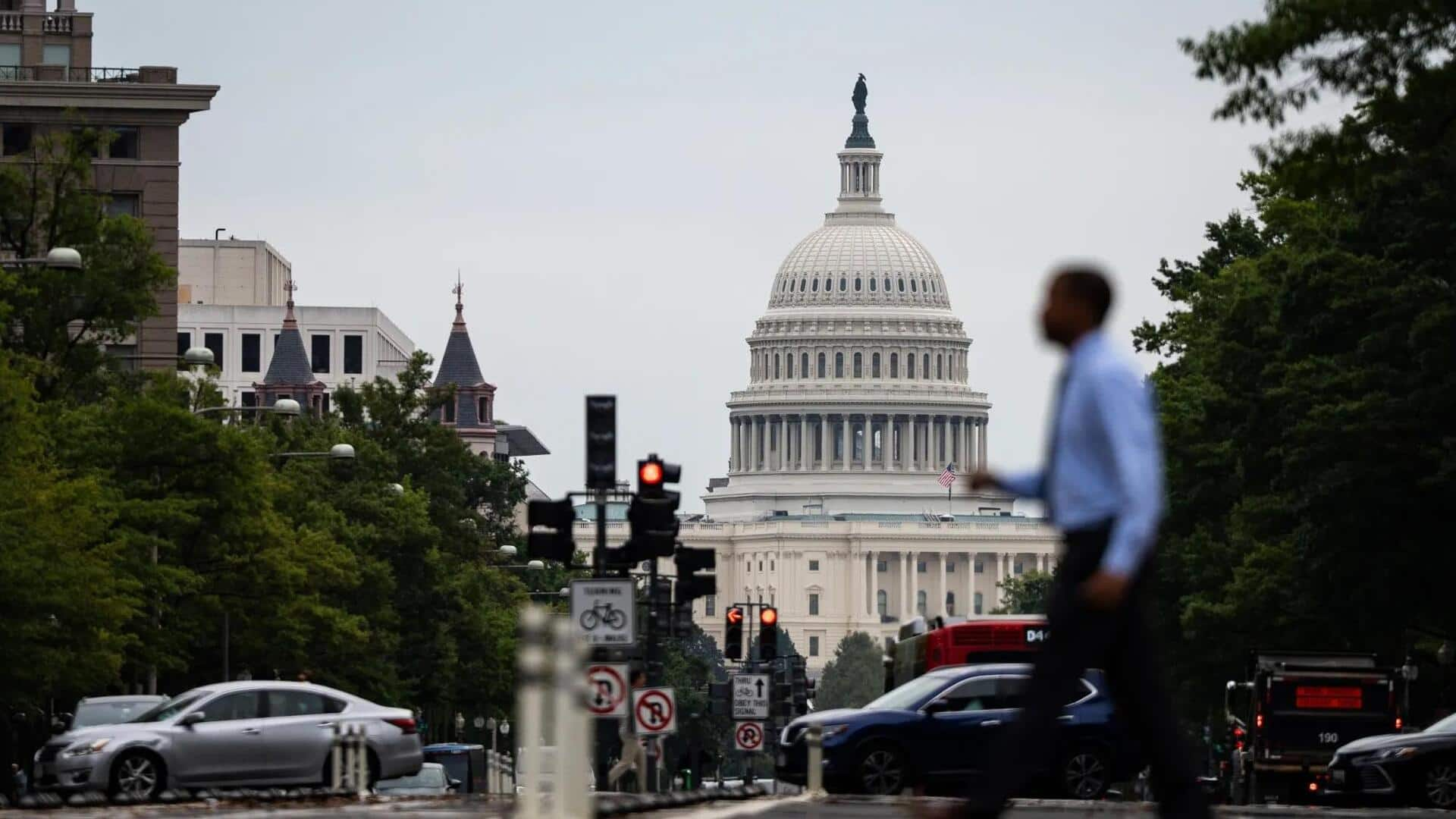
What's open and closed in US government shutdown
What's the story
The United States government has officially shut down for the first time in nearly seven years, after Senate Democrats refused to support a Republican funding package. Republicans and Democrats have been at loggerheads over how to fund the government, with Democrats pushing for negotiations on health-care tax credits to be included in a funding measure. Spending authority expired without an extension or the approval of another funding measure, resulting in a shutdown of the federal government.
Continuity assured
Essential services that will continue to function
During such a shutdown, non-essential federal services would cease operations, impacting thousands of employees. Essential services like military and law enforcement would continue to function uninterrupted. Essential services also include Social Security payments and Medicare, although some SSA services may be affected. The US Postal Service will also continue its operations as it doesn't rely on Congress for funding. Active-duty military personnel will work without pay, while nearly half of Department of Defense's civilian employees could be furloughed.
Possible disruptions
What about federal courts and IRS?
Last week, the federal judiciary warned that if Congress fails to pass a spending measure, courts could run out of money to continue operations as early as Friday. Courts remained open for five weeks after the government shut down during Trump's first term. The Internal Revenue Service (IRS) will remain fully staffed for five days but hasn't clarified plans beyond that period. Air traffic controllers will work without pay, which could lead to widespread delays as seen in 2018-2019 shutdown.
Business impact
Impact on small businesses and emergency management
The Supplemental Nutrition Assistance Program, the nation's largest food aid program, and the Special Supplemental Nutrition Program for Women, Infants and Children, would also continue operations during a shutdown. The Small Business Administration will see a 24% staff reduction, impacting new loan approvals for equipment purchases or building upgrades. However, lending for natural disaster recovery will continue. The Federal Emergency Management Agency (FEMA) has $2.3 billion in its Disaster Relief Fund but would furlough about 4,000 employees during the shutdown.
Potential closures
National parks and Smithsonian museums may close
National parks have often closed during shutdowns, although an official contingency plan from the National Park Service is still awaited. Smithsonian museums could also shut down in case of an extended shutdown. Visitor centers and tours of federal government buildings like the US Capitol, White House, and FBI Building may also be closed during this period.